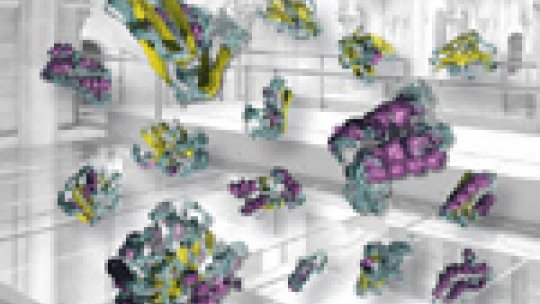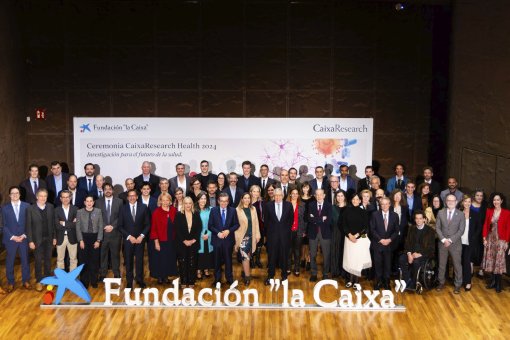Images
Contact

• Current drug design is based above all on static “images” of target macromolecules, a powerful approach but one that is not realistic enough on occasions.
• New experimental techniques and computational simulation now allow researchers to see protein movements at relevant time-scales in order to gather information about their function.
• Twenty international experts in several techniques will discuss the future of the field in a new Barcelona BioMed Conference involving 150 participants.
Proteins –cell workers–are flexible three-dimensional structures whose functions are determined by a series of small changes in protein shape. Knowledge about these movements is crucial for the design of drugs with optimal binding capacity. Researchers throughout the world are fine-tuning revolutionary techniques that presage a promising future for experts involved in the design of novel therapeutic molecules. From 24 to 26 October, leading scientists in proteins dynamics will come together in Barcelona on the occasion of the Barcelona BioMed Conference “Macromolecular Dynamics”, organized by the Institute for Research in Biomedicine (IRB Barcelona) and the BBVA Foundation. Xavier Salvatella, ICREA professor at IRB Barcelona and co-organizer of the event, explains that “the field of macromolecular dynamics has reached a sufficient degree of maturity to allow researchers in the US to set up a company that will exploit dynamics to design drugs”. The pioneer in this field is Hashim Al-Hashimi, researcher at the University of Michigan and one of the 20 invited speakers.
Experts agree that the challenge is to move from static to dynamic information on proteins. The latter can be gathered in several ways, one of the most important being computational simulation. The biophysicist Modesto Orozco, researcher at IRB Barcelona and director of the Life Sciences Program of the Barcelona Supercomputing Center, is building the biggest database in the world, which includes the movements of about two thousand proteins, “30% of these are human proteins that are potential targets for new drugs”, explains Orozco. This incredible task is being done with the help of “MareNostrum”, one of the most powerful supercomputers in the world for predicting protein trajectories. But the simulations need to be validated by lab experiments. “The conference will exploit the interrelation between those conducting experiments and computational simulators, and also hybrid researchers”, sums up Salvatella.
Capturing the movement of an entire cell
The future of macromolecular dynamics lies in the enormous challenge with respect to the techniques currently available. “The ideal situation would be to be able to simulate not only the behavior of a single proteins but of an entire biological unit and to be able to confirm the calculations experimentally”, proposes Salvatella. “We are refining the experimental techniques, the calculation speed of computers increases daily and several supercomputers specialized in biological simulations have been built. The molecular dynamics of today are already providing a huge amount of data that allows us to further our understanding of complex biological processes”, he concludes.
More information on the conference and full list of speakers
IRB Barcelona
L’Institut de Recerca Biomèdica (IRB Barcelona) treballa per aconseguir una vida lliure de malalties. Desenvolupa una recerca multidisciplinària d’excel·lència per curar el càncer i altres malalties vinculades a l'envelliment. Treballa establint col·laboracions amb la indústria farmacèutica i els principals hospitals per fer arribar els resultats de la recerca a la societat a través de la transferència de tecnologia, i du a terme diferents iniciatives de divulgació científica per mantenir un diàleg obert amb la ciutadania. L’IRB Barcelona és un centre internacional que acull al voltant de 400 investigadors de més de 30 nacionalitats. Reconegut com a Centre d'Excel·lència Severo Ochoa des de 2011, és un centre CERCA i membre del Barcelona Institute of Science and Technology (BIST).



